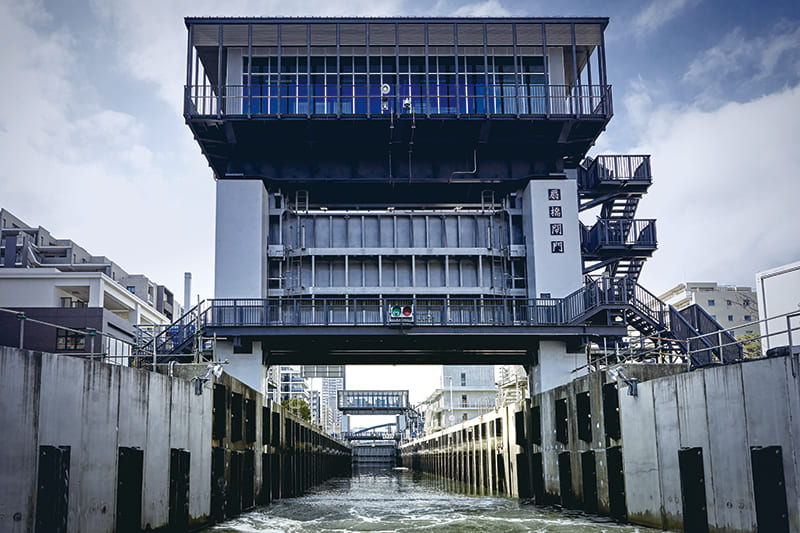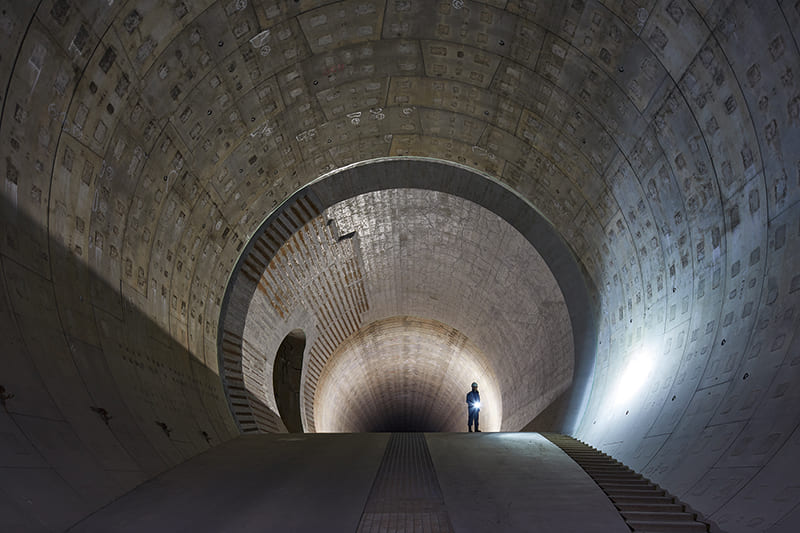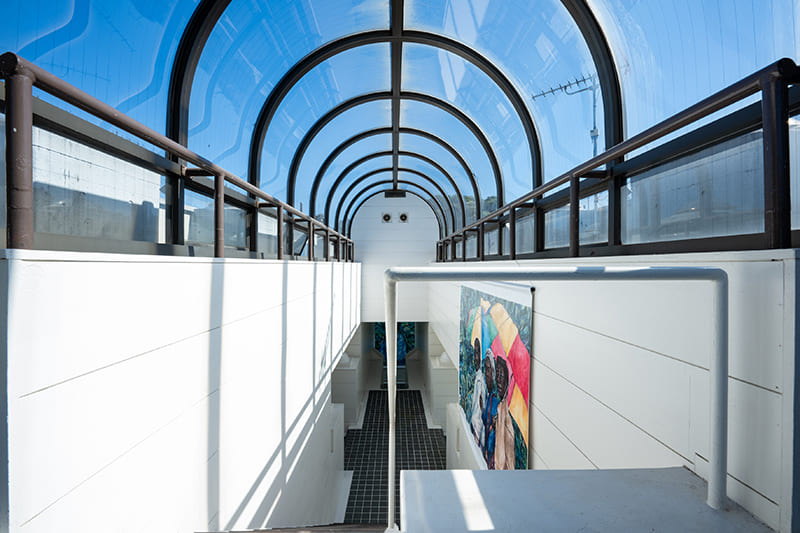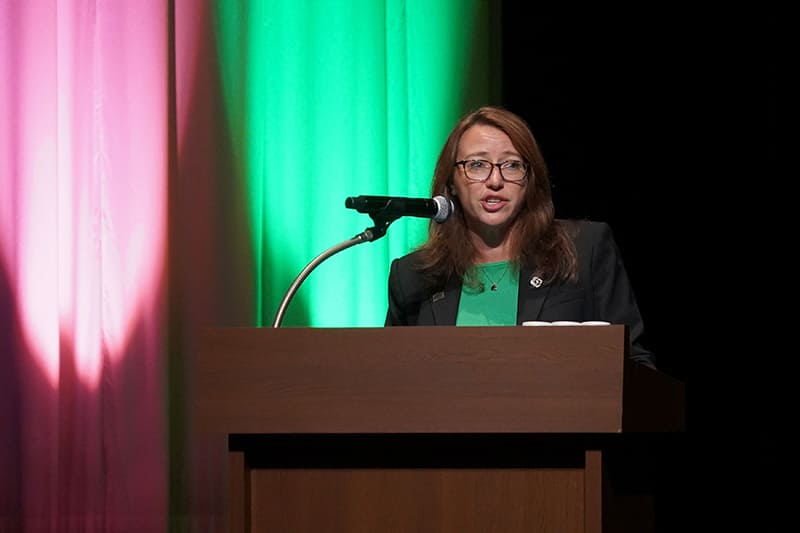March 29, 2024
Tokyo Resilience Project
RESILIENCE

COURTESY: TOKYO METROPOLITAN GOVERNMENT
As climate change accelerates, the task of protecting lives and livelihoods from increasingly severe natural disasters like storms, floods and earthquakes is becoming more difficult. In December 2022, the Tokyo Metropolitan Government formulated its Tokyo Resilience Project with the aim of creating a strong, sustainable city that will remain safe for the next century. It then upgraded the entire policy a year later to ensure that the goals earmarked for the 2040s could be achieved.
The scale of the project is massive, with ¥7 trillion ($50 billion) in spending planned for the decade starting in fiscal 2023, and a total cost of ¥17 trillion up to the 2040s (a ¥2 trillion increase over the original plan). A particular highlight of the upgrade was the development of underground infrastructure to create what is described as “one of the largest underground rivers in Japan.” Tokyo Gov. Yuriko Koike explained the plan at a news conference last December.
“In the past, Tokugawa Ieyasu embarked on a project to change the course of the Tone River, which had been difficult to control, and it was this that enabled the town of Edo to develop and prosper. What we’re doing here is not quite the Tokugawa Ieyasu of the Reiwa Era, but it is significant: building another river underground.”
The city has in the past built huge underground regulating reservoirs in various locations to prevent rivers from flooding during heavy rains and typhoons. This new initiative is an evolution of these measures. By connecting the reservoirs, a gigantic new river is to be created beneath the city.

COURTESY: TOKYO METROPOLITAN GOVERNMENT
Tokyo has also been taking earthquake countermeasures in earnest. The 7.6-magnitude earthquake that struck Ishikawa Prefecture’s Noto Peninsula on New Year’s Day is still fresh in people’s minds, but the metropolitan government has been taking relevant measures since long before the latest disaster.
Subsidies and other measures have increased the earthquake resistance rate of Tokyo’s houses, with up to 92% of them meeting the earthquake resistance standards in fiscal 2019. In the Noto region, the figure was still around 50%. Additionally, in 2012, the metropolitan government launched a 10-year project to improve the fire resistance of areas with dense wooden housing, including widening community roads and providing support for replacing old houses.
In 2012, Tokyo had 1,683 hectares of areas with densely packed wooden housing that was deemed extremely dangerous in the event of a major earthquake, but a decade later such areas had been reduced by 95% to 83 hectares, according to the Ministry of Land, Infrastructure, Transport and Tourism.
The Tokyo Resilience Project was created to further strengthen these existing policies. Starting in 2023, additional subsidies to cover the cost of rebuilding old houses and buildings have been launched. If a rebuilt house meets certain requirements, it is also eligible for reductions or exemptions in fixed-asset and city-planning taxes.
This huge and wide-ranging project even takes into account a possible eruption of Mount Fuji. The metropolitan government, in coordination with the national and local governments, would mobilize the police and firefighters in the event of an ash fall from an eruption, take measures to protect waterworks from the ashes and procure areas where people could wait to evacuate by ship or park cars that couldn’t reach home. Even in the details of dealing with an eruption, the Tokyo Metropolitan Government would take the lead.
気候変動や自然災害に備えるTOKYO強靭化プロジェクト。
災害対策も都市のサステナビリティを考えるうえで重要な政策。東京都はここに、とんでもない予算規模で立ち向かっている。100年先も安心な、強靭で持続可能な都市を⽬指した「TOKYO強靭化プロジェクト」が2022年12⽉に始動。プロジェクトの事業規模は2023年度から10年間で7兆円、2040年代までの総事業規模は当初計画から2兆円増の17兆円になった。とりわけアップグレードの目玉となったのが、「国内最大級の地下河川」を造る地下インフラ整備だ。
気候変動による降雨量の増加に対しても河川が氾濫しないよう、地下調節池をつなぎ、さらに最後は海に流せるようにする、という壮大なプロジェクト。調節池が海まで繋がることで、途方もなく巨大で長い新たな“地下河川”が、東京に出来上がることになる。
地震対策にも余念がない。マグニチュード7.6の「能登半島地震」の前から、東京都は手を打っている。そして強靭化プロジェクトは、富士山の噴火すらも想定し、具体的な対策でも先行する。
Return to Sustainable Japan Magazine Vol. 34 article list page


















